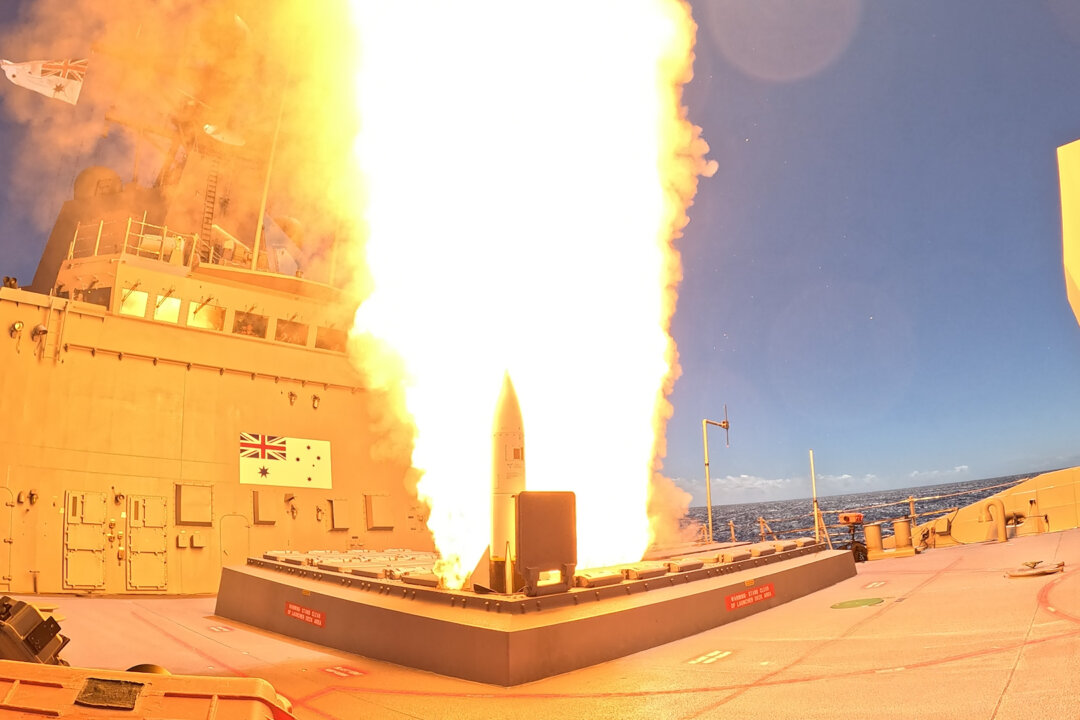
The Royal Australian Navy (RAN) is to acquire $7 billion (US$4.7 billion) worth of medium- and long-range missiles from the United States, which will be “progressively deployed” across the Navy’s Hobart-class destroyers, Defence Industry Minister Pat Conroy has announced. They'll also be used on the Hunter-class frigates, which will enter service in the early 2030s.
“We live in the greatest arms race in our region since 1945, with a high degree of strategic uncertainty,” he said. “You just have to look at the lessons from the Ukraine conflict to understand the importance of air defence and the ability to defend against missile threats.” He described the Standard Missile 2 Block IIIC (SM-2 IIIC) and Standard Missile‐6 (SM-6) as the “most advanced air defence missiles in the world.
” The deal had been expected for several years after Australia became the first country outside the United States to fire an SM-6 during an exercise near Hawaii in August. The SM-2 has a range of 166 kilometres (103 miles), while the SM-6 is primarily intended to be an extended-range air-defence missile with a range of 370 kilometres, but it can also protect against ballistic missiles or hit a surface target. Both are made by U.
S. weapons producer RTX, formerly known as Raytheon. “We live in an age where lots of countries in our region are investing in anti-ship missiles and investing in aircraft to deliver them, so these missiles are designed to defeat that,” Conroy said.
“So either by destroying and attacking aircraft, or if they’re successful in launching a missile, destroying that missile in flight.” The $7 billion missile purchase is part of nearly $30 billion, which will be spent on international “off the shelf” acquisitions. They will be procured under a Foreign Military Sales (FMS) agreement, meaning Australia is entering into a contract with the U.
S. government rather than the manufacturer..








